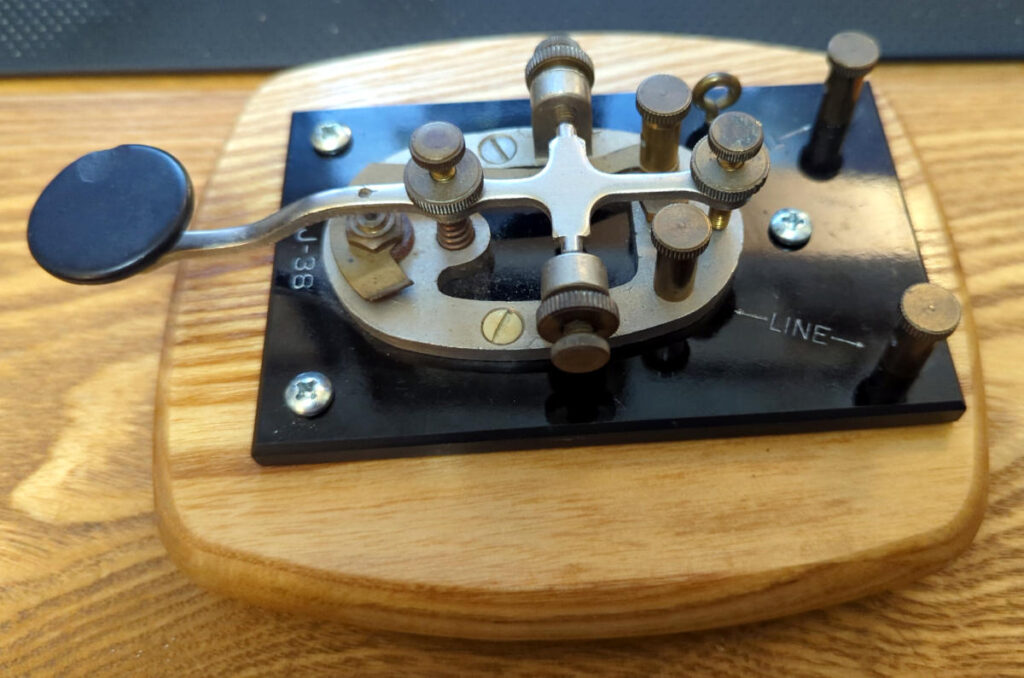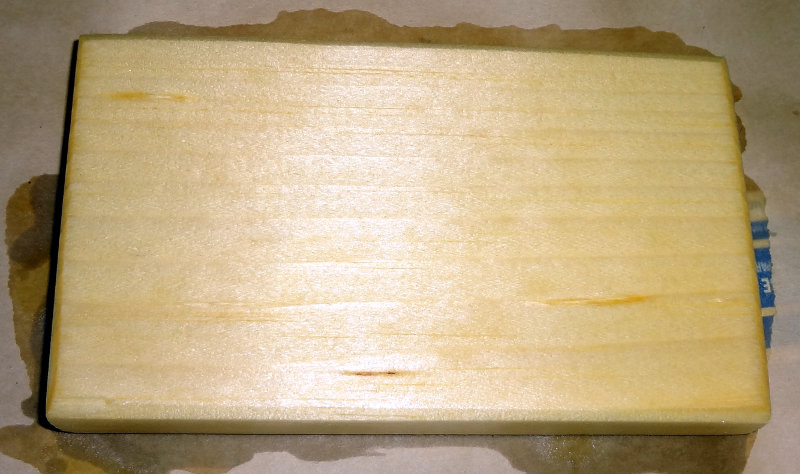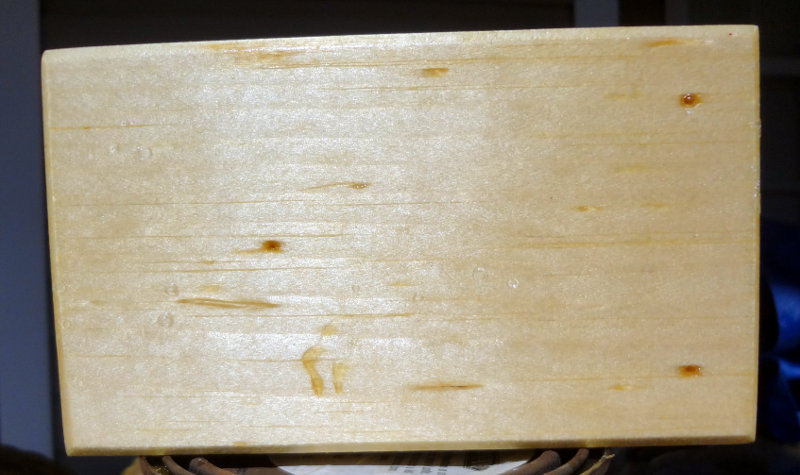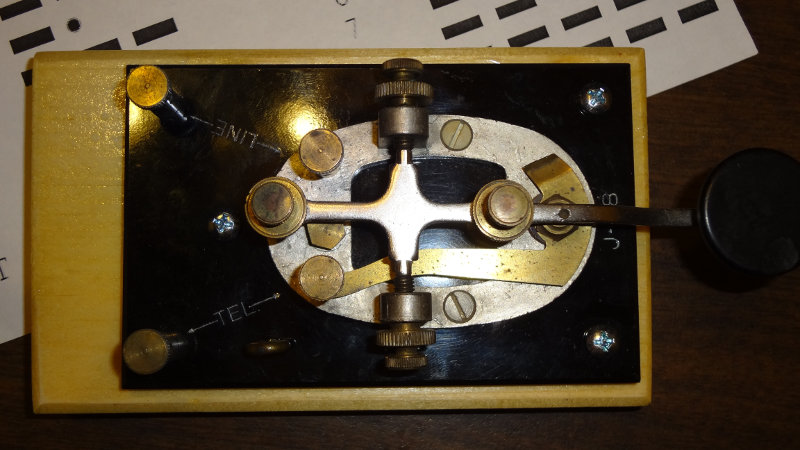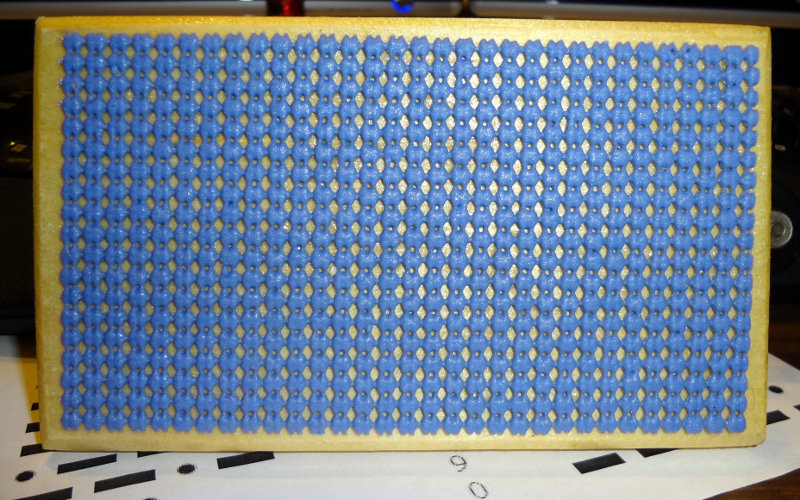I’ve managed to accumulate a small (5) collection of CW keys over the years, starting with the J-38 straight key, and most recently the Begali Camelback.
After I got my amateur radio license, I knew I wanted to learn Morse code (still working on it), and I knew I wanted a straight key. I love the simplicity and the imagery of and connection to telegraphers of old hammering out CW.
When it comes to “vintage” straight keys, the J-38 and its many variants aren’t too hard to find. My J-38 was one of my first hamfest acquisitions, and is a nice simple key to use.
It’s missing the shorting bar across the top two terminals and the shorting lever but otherwise works perfectly. When I’m practicing my Morse code, this is usually the one I work on the most. I really like the way it feels.
